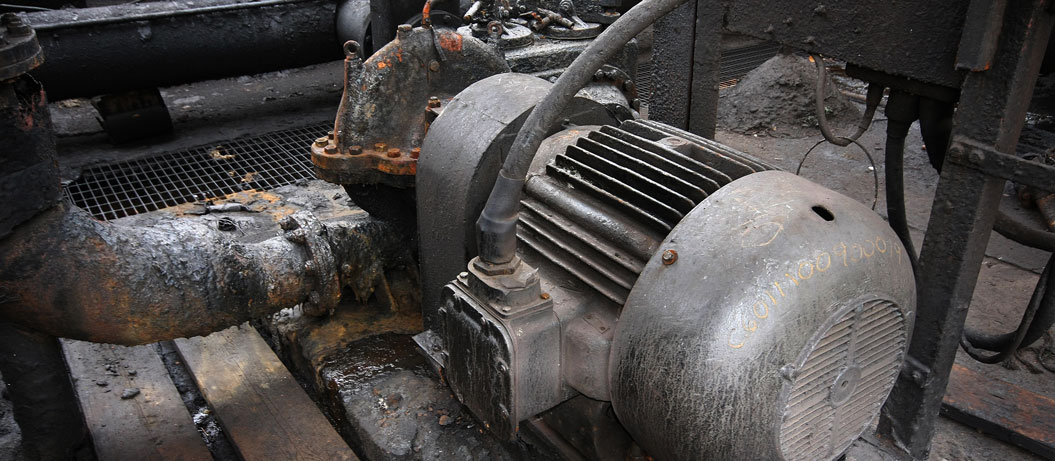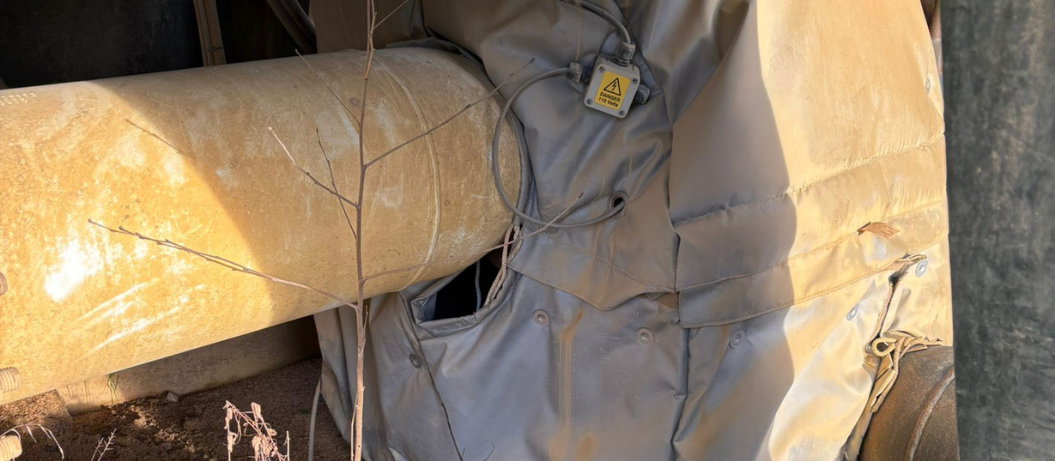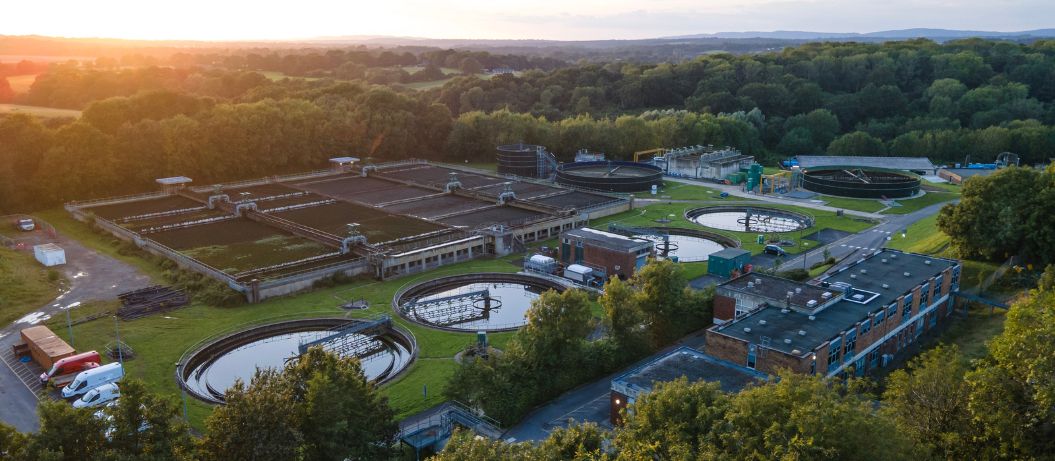Dredge pumps are an indispensable tool in quarry operations, particularly when it comes to sediment removal and aggregate recovery. They’re designed to handle abrasive granular materials and solids like sand and gravel, which makes them ideal for transporting these solids from water-filled pits or flooded quarries to processing plants or discharge sites.
Understanding how a dredging pump works and optimising its performance can mean the difference between an efficient and streamlined operation and one which suffers from costly, unexpected downtime.
The Purpose of Dredge Pumps and Their Key Functions
In a nutshell, dredging pumps are high-powered centrifugal pumps built to move heavy slurries containing sediment, debris and other materials. In quarries, they’re particularly useful for removing sediment build-up at the bottom of pits which would otherwise impact operations, or to recover secondary aggregates like sand which can then be sold on the construction materials market.
How Dredge Pumps Work
A dredging pump requires suction power and robust construction because it must cope with fine abrasives and impact damage from larger solids. SlurryPro pumps, for example, are particularly useful in quarry operations thanks to their design, durability and efficiency. They’re specifically designed to deliver great performance when handling abrasive materials, even in demanding conditions.
These and other dredge pumps work by utilising an impeller to create centrifugal force. This force pushes water and solids to the pump casing, allowing the slurry to be transported over significant distances. The initial suction stage captures the sediment and water mixture while the high-head pump stage transfers it to its desired location e.g., a processing plant.
There are different types of dredge pumps with specific characteristics. Plain suction dredge pumps rely on suction to remove any loose debris, while cutter suction dredges possess a tool that allows them to loosen material from the bottom to transport it to the “mouth” of the pump.
Challenges In Quarry Dredging
By their very nature, quarry operations are challenging and moving large amounts of slurry across a site is no different. One of the most significant issues is trying to balance the water-to-solid ratio. Too much water will decrease its efficiency, too little and it can cause the pump to block, which can be costly and time-consuming to clear. Recycling water from the discharge system is often required to maintain the right balance.
Oversized rocks and debris also pose a hazard and can damage or block the pump if not successfully screened out early in the process. Sand and silt are heavier than water which means dredging pumps need to be particularly powerful to prevent the solids from settling out – if this happens, it can be very difficult to clear the blockage it causes.
To ensure a successful dredging you need to use vibration motors or agitators at critical points and keep the solids-laden slurry moving at a flow rate that exceeds its’ settling velocity. The Sand Transfer Station, featured in this case studies, was developed by Atlantic Pumps to overcome the challenges of moving dredged sand slurry over extended distances.
Atlantic Pumps’ Sand Transfer Station removes oversized material that the dredging pump brings up, and forwards the slurried sand whilst preventing pipe blockage.
Choosing The Right Dredging Pump for Your Operations
When it comes to selecting the right dredging pump there are several factors to consider:
- Type of slurry – It’s important you know what type of slurry you’ll be moving. Understanding the pH, temperature and concentration of solids will provide a better idea of the most suitable pump.
- Critical pump flow rate – To reduce sediment settling, your pump’s flow rate should exceed the slurry’s critical flow rate (settling velocity) although higher flow rates can increase wear and tear, reducing your pump’s lifespan.
- Silt bed compaction – Will the pump be working in conjunction with a cutter head, or is the material already loose and friable enough?
- Pump construction material – Pumps can be made from cast iron, high chrome steel or stainless steel. Some also contain lining material to reduce slurry abrasion. The best one for you will depend on the type of slurry, pH, solid size, and other fluid properties used in the dredging process.
- Pump power – Power consumption is estimated based on the discharge head, specific gravity of slurry pumped and flow rate. For good function, your pump’s power rating needs to be higher than this.
- Type of installation – Will your dredge pump be installed horizontally or vertically? Will it be a wet or dry installation? How much space is available for installation? Will it be suspended from a pontoon, ship, or a shore-mounted boom? All these factors can affect the choice of pump.
Want to know more about our dredging pumps or need help selecting the best one for your project? Get in touch to learn more about the different pump solutions for dredging or download the SlurryPro Centrifugal Pump brochure – the ideal pump family for volume movement of abrasive, high-solids dredged slurries.
We also take a sustainable approach to our work and are committed to reducing energy waste from pumps. Our expert knowledge allows us to reduce energy usage by 20% on the average site!
Call us today on 0808 196 5108 for more information.
 February 17 2025
February 17 2025 3 min read
3 min read



